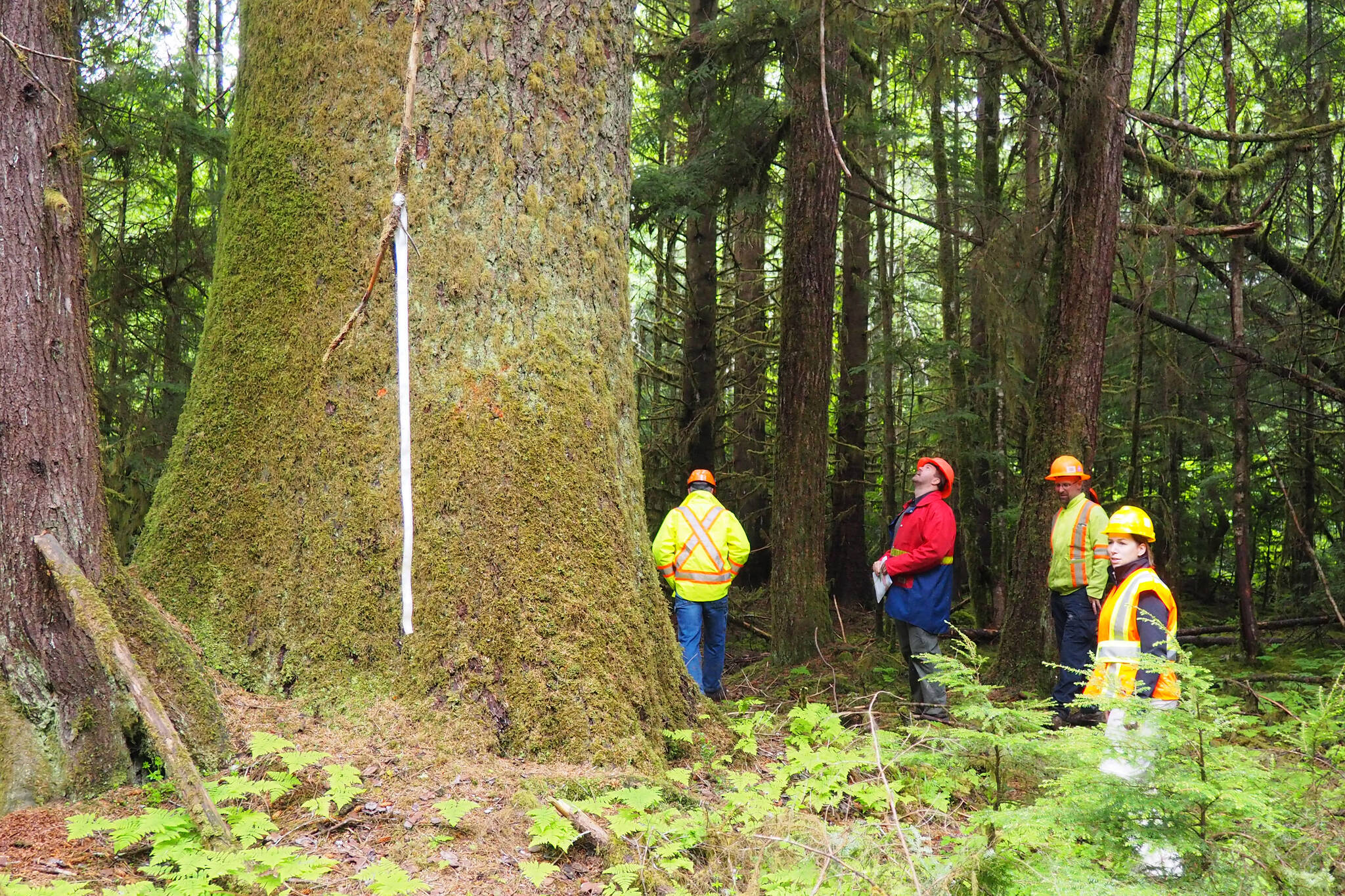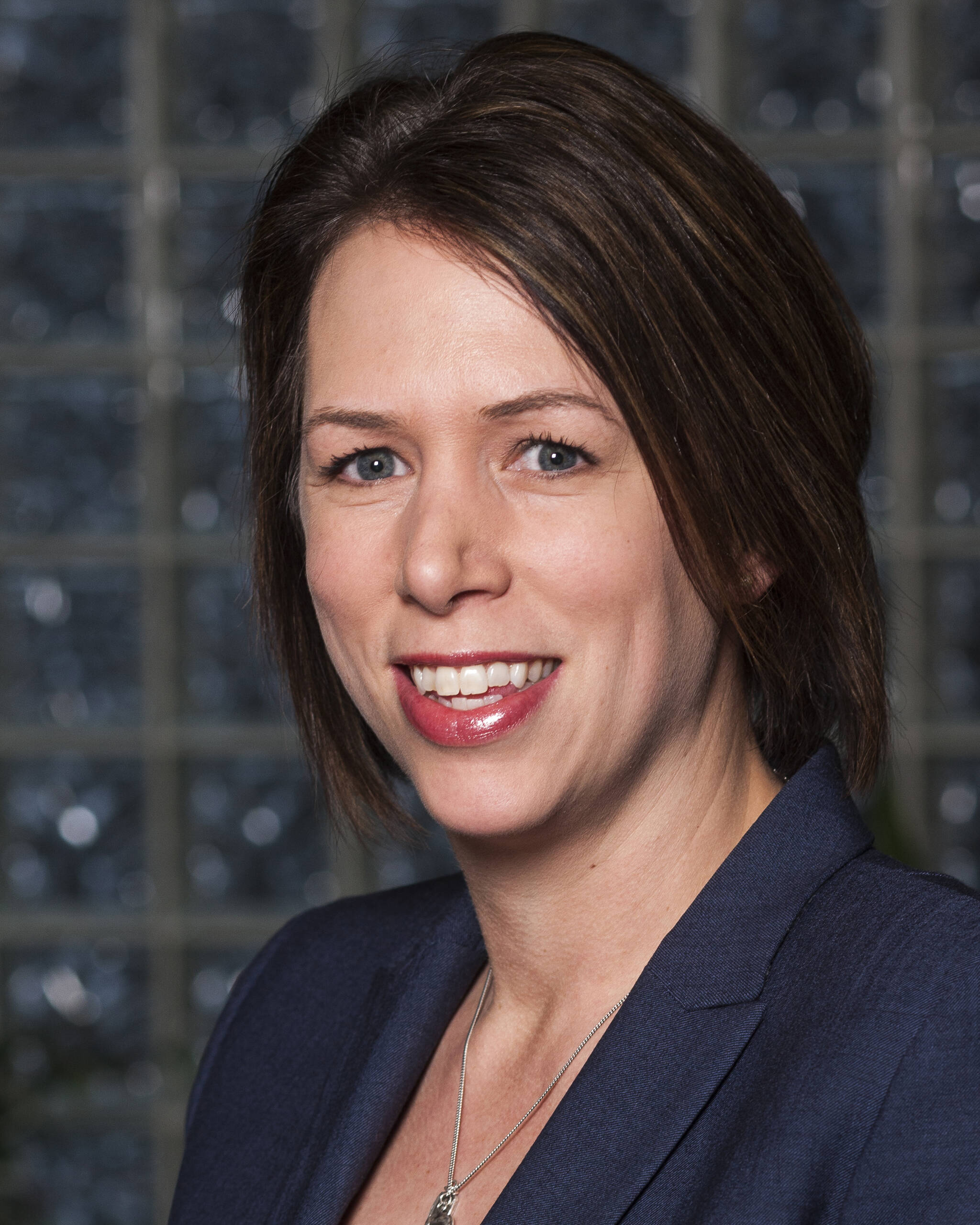By Christine Gelowitz, RPF
In a year when COVID-19 again dominated much of the news, events in B.C. inextricably pulled public attention to the province’s forests.
Wildfires scorched much of B.C.’s Interior, leaving people fearing the loss of life, home, and livelihood. The province moved towards shared decision-making with Indigenous Peoples, a much needed but complex change to forest management. Pending forest policy changes also left people wondering about the security of jobs in many rural communities. And old growth protests, originating on Vancouver Island, exposed passionate division between urban and rural residents, young and old, Indigenous Peoples, and even among the registered forest professionals charged with caring for forests throughout B.C.

Sometimes forestry is not about trees, it is about people. Nearly every British Columbian holds values about the forest – be they spiritual, environmental or economic. When forest activities run counter to peoples’ values, emotions run high, fingers are pointed, and blame is dispensed.
Planning and caring for healthy, sustainable forests is the role of registered forest professionals. Like dentists, engineers, accountants, and doctors, forest professionals are regulated. BC’s registered forest professionals have university degrees or college diplomas, completed a two-year articling process, passed a series of licensure examinations, and follow professional standards and codes.
Forest professionals, however, do not have a single, monolithic view on forest management or how we use forests. They have a broad range of opinions, based on science, training, and practical experience.
Given the complexity of old growth forests, it’s natural that forest professionals have differing opinions. But the debate around old growth is not truly about the science and the practice of professional forestry; it’s about the choices the landowner has made about how, and for what purpose, forests are used.
With 94 per cent of B.C.’s forested land publicly owned, the provincial government has a responsibility to understand what the public wants from its forests and to set priorities for the use and management of that forest land. Regardless of their personal views or those of their employer, forest professionals are required to follow the law, adhere to public forest policies, and keep public interest paramount when making recommendations or decisions around forest management.
Determining what B.C. forests will or will not be used for is not a small or simple task. There are a multitude of voices clamouring to have their preferred solutions imposed by governments. How do governments balance different values and demands? What should be prioritized?
A growing number of British Columbians want the use of forests to reflect their current and future interests, regardless of past uses. That’s fair; priorities should be reset as societal values evolve. But forests are complex ecosystems. As we’ve seen in the past, sometimes decisions based on public desires of the day have unintended consequences in the future.
Our history of wildfire is a case in point. For years B.C. followed a policy of wildfire suppression where fire was seen as something bad to be avoided and resources were utilized to contain and limit fires in order to protect not just nearby communities, but the trees themselves. Think of Smokey the Bear and the warning that “Only You Can Prevent Forest Fires.” The public of the day saw fire as undesirable.
Today we know better; fire is an integral part of the ecology in many B.C. forests.
The legacy of those past decisions means forests today have increased amounts of woody fuel that is now more susceptible to our changing climate and when ignited, produces more violent fire behaviour.
So therein lies the challenge.
Governments are responsible for setting the rules and policies that reflect society’s desires for B.C.’s forests today. The informed voices of registered forest professionals are integral in helping the public and government decision-makers alike understand the ecological consequences of whatever policies are introduced to meet those desires.
Christine Gelowitz, RPF, is the chief executive officer of the Association of BC Forest Professionals.


